An abandoned tabby silo hides among the trees on Jekyll Island, GA.
History
From 1886 to 1947, Jekyll Island was the winter vacation home of the world's wealthiest elite, including J. P. Morgan, Joseph Pulitzer, and the Rockefellers. A silo made from revival tabby (oyster shells mixed into Portland cement) was constructed about 1910 as part of a dairy farm. Today it is the only structure from the Jekyll Island Club Era not found in the National Historic Landmark District.
Although it lacks the historical significance of the island's Horton tabby site and the architectural interest of Hollybourne Cottage, it appeals to those who like to explore off the beaten path. It is located in the woods off an unpaved portion of Old Plantation Road between Jennings Avenue and the Methodist Church.
Location
GPS: N 31°04.699 and W 81°25.424
Address: It sits in the woods off an unpaved portion of Old Plantation Road between Jennings Avenue and the Methodist Church. An unmarked, unpaved trail to the tower can be seen from North Riverview Drive.
Accessibility: It can only be reached by foot or by bike. It is a short walk from where the pavement ends on Old Plantation Road past the intersection with Jennings Avenue.

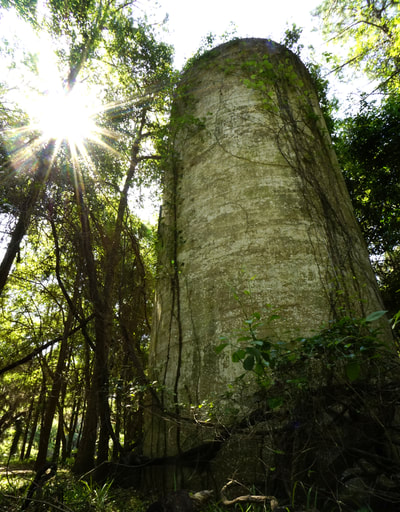
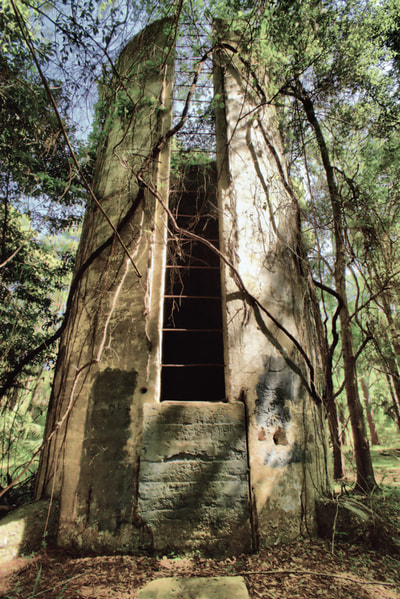
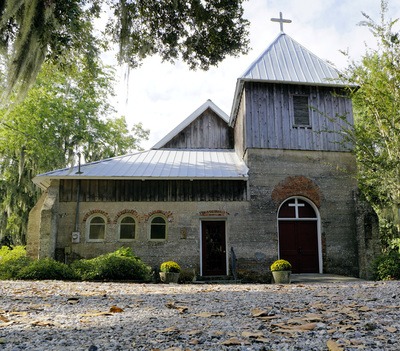
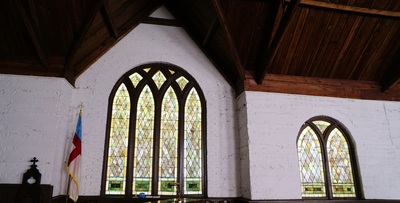
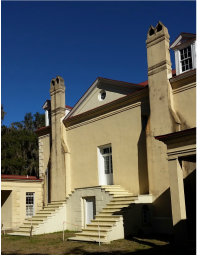
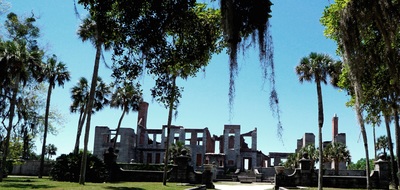
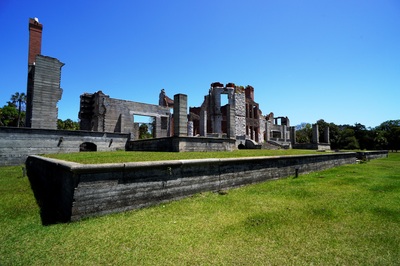
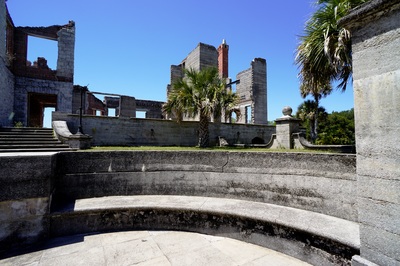
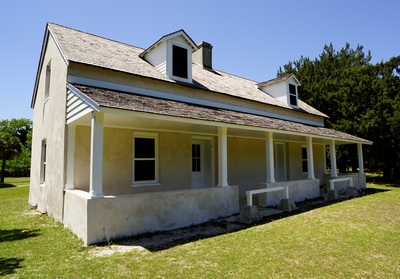
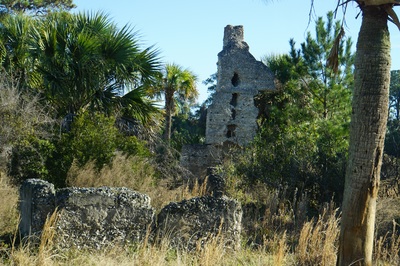
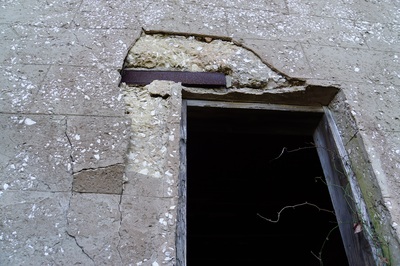
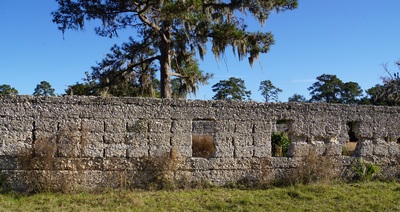
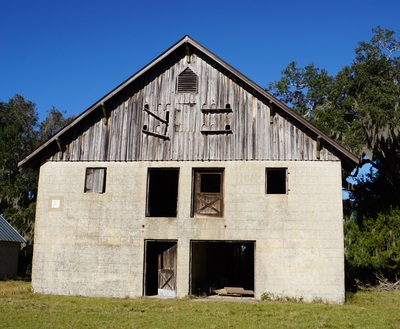
 RSS Feed
RSS Feed
